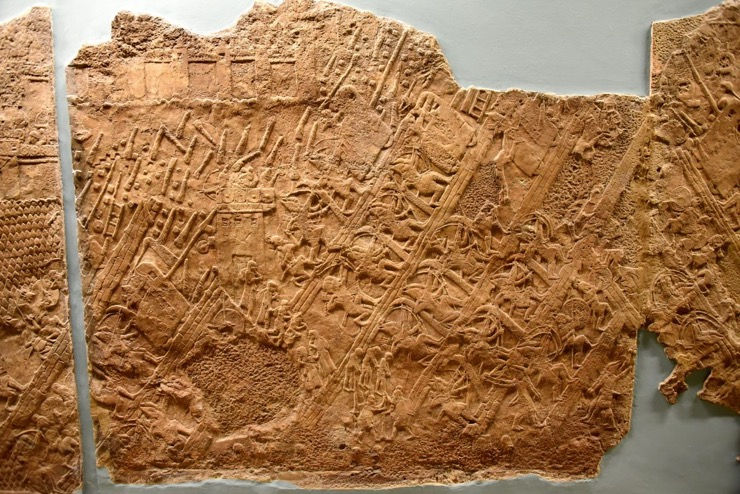Tue., 2/4
- dbelcheff
- Feb 4, 2020
- 1 min read
Do Now– Exercise 30C—Model answer:
In the eighth century B.C., in response to Assyrian pressure, the kingdom of Urartu coalesced in the northern mountains from the remnants of the Hurrian tribes of the former Mitanni kingdom. In 746 the usurper, Pul, took the Assyrian throne under the name Tiglath-Pileser III and effectively subdued Babylon. Responding to Assyrian pressure in Anatolia, the Phrygians also coalesced into a kingdom whose great wealth is reflected in the legend of their king, Midas. Meanwhile, Tiglath-Pileser III extorted, manipulated, and took control of the kingdoms of Israel and Judah. Then he formally conquered a fractious Babylon, ‘taking the hand of Marduk’, sacrificing to the Babylonian pantheon, and collecting tribute from Merodach-baladan and the other Chaldean chieftains.
Read:
p. 382, ¶ 1 – p. 384, ¶ 6
p. 384, ¶ 8 – 386, ¶ 4
HW—Exercise 30D:
Copy the following information verbatim:
Sargon II, the second successor to the Assyrian throne after Tiglath-Pileser III, conquered Israel in 721 and deported the northern Hebrews throughout his empire. “This mishmash of Israelites and others eventually developed their own culture; it was a mix of different religions and bloodlines that the Jews of the first century BC called ‘Samaritans,’ and despised as half-breeds” (Bauer 375). By 714, after a bitter campaign in the mountains, Sargon II beat back the Urartu. In 710 he turned to Babylon and forced the ever-rebellious Chaldean chieftain, Merodach-baladan, into vassalhood.

The Assyrian siege of Lachish









Comments